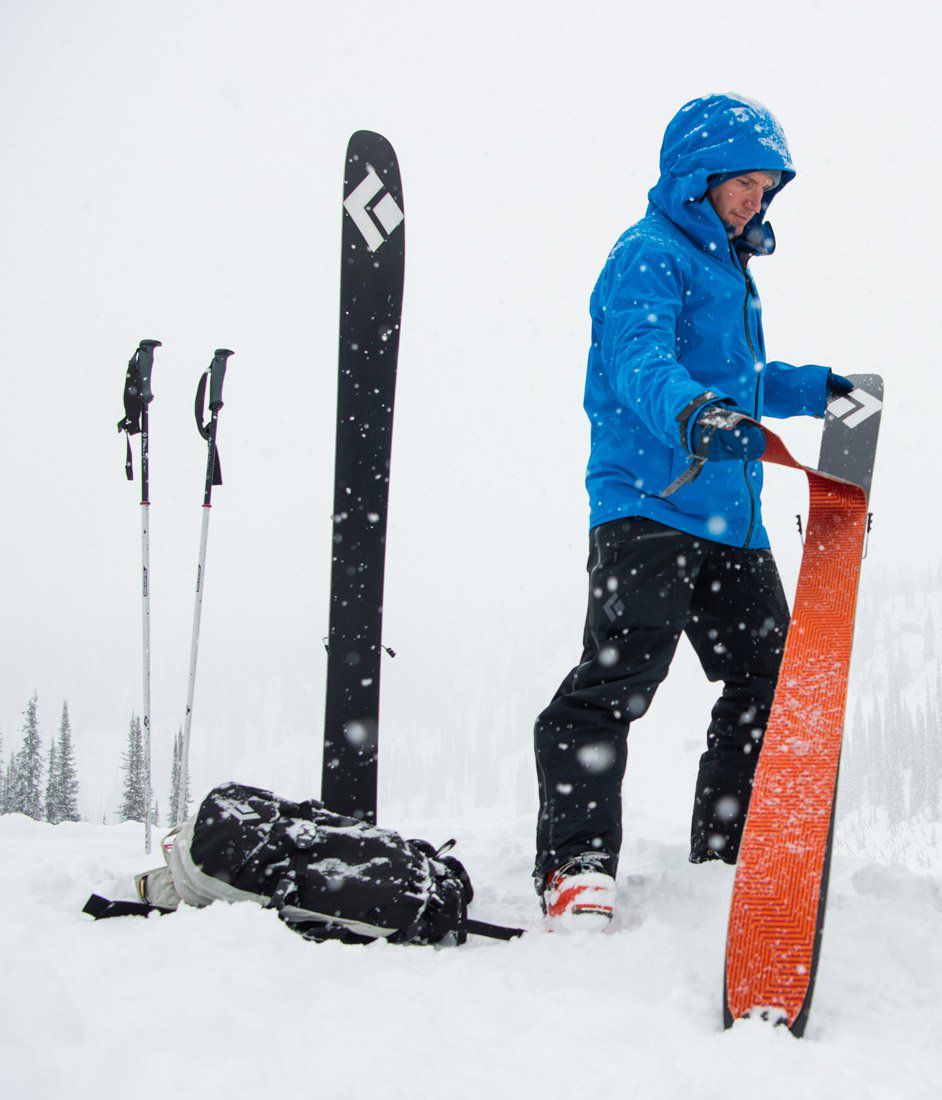
HOW TO CHOOSE THE RIGHT CLIMBING SKINS FOR YOUR SKIS
What Size Ski Skins Do You Need?
We created this guide to help you find the right climbing skins for ski touring. We will help answer questions such as what type of touring skin material is best for me, what width climbing skins do I need, and how to choose ski skins.
First, a brief history...
Ski Touring Skins got their name from the sealskins originally used to aid in ski travel across great distances, over mountain ranges, across narrow passages, and through heavily wooded areas with little or no slope. The end. See? Super brief. Nowadays touring skins are made of mohair or nylon and no seals are harmed in the creation of these skins. Technology has come along way and even though skins are one of the least sexy pieces of touring equipment, they have seen a few revamps over the decades.
Best Skins for Ski Touring
First, you must understand how ski skins work. Touring skins are long pieces of fabric with a sticky adhesive backing that holds securely to the base of your skis or splitboard, along with tail and tip clips for added security when skiing uphill or “climbing” ridgelines outside boundary lines. When the ski moves against the direction of the fibers (uphill travel) the fibers hold you in place on the mountain but, move in the direction of the fibers and you will glide as if cross-country skiing. Once at the summit, skins are then removed, folded, and packed away before descending downhill.

Option 1: Mohair
Mohair climbing skins are made with 100% Angora goat hair, but because of this they wear out much more quickly than fully synthetic, or mohair-mix skins. Mohair is mainly sought after by ski mountaineers and multi-day backcountry tours for its extreme lightweight and packing capabilities. So if you’re the backcountry guru, ski mountaineer, performance junkie or a self proclaimed ‘weight weenie’, then mohair skins are the choice for you.

Option 2: Nylon
Nylon climbing skins provide serious durability and grip for the uphill battle thanks to their synthetic makeup. They don’t, however, provide much glide which can be frustrating as you find yourself on long flat sections. They are also less flexible when packing them away, and are typically heavier than mohair or a blend. Nylon is great for riders who are just starting to get into backcountry travel, folks who are rough on their gear, or adrenaline junkies who primarily ski steep slopes.

Option 3: Nylon/Mohair Blend
A blend of about 30% Nylon and 70% Mohair provides an energy saving glide while also delivering real grip for steeper climbs. This blend option is a popular option among backcountry skis for its combo of performance, durability, and ability to hang in a wide variety of conditions.

How to Choose Skins for Skis: Our Advice
The differences between these three options are subtle and as you gain experience with the sport you’ll learn your personal groove and preference. Our advice is this: if you're just starting out, focus on grip and don't stress the speed of the glide. In that case, go for nylon skins.
NEXT STEP: SELECTING A SIZE AND TRIMMING

Now that you have your skin preference selected, it’s time to decide what width and length skins you should get. When selecting a width, it is crucial to select the size (listed in millimeters) that will cover as much of your ski or splitboard base as possible. It’s not necessary to completely cover the tip and tail of the ski with the skin, but try to find a skin that will cover as much of the length as possible. For example, a ski that is 178cm long should choose a skin size that fits 178cm+ lengths, as it is not recommended to size skins down. Some skins are set to a preset length (pre-cut) or require you to cut down the length (uncut) to your ski size before trimming the sides to fit your skis’ width and expose the edge. Skins that are sold as a preset length will include tip and tail hardware, which will save you time. If not you will then need to install the hardware after you have determined and cut the length but before you have trimmed the width or sidecut.
For wall-to-wall coverage, you will need to determine the width of the widest point of your skis and follow the instructions included with your skins on trimming the edges and length to fit your skis. Often times you can find ski dimensions online and the widest point will almost always be the first measurement you see in a table that looks like this (Tip - Waist - Tail | XXXmm - YYYmm - ZZZmm) The ‘XXXmm’ refers to the millimeter width of the tip of your ski or splitboard. You don’t want to lose your edge by covering it with the skin, you still need edges even when traveling uphill.
NEXT STEP: INSTALLING HARDWARE
Because there is such a wide variety of ski shapes, you’ll find the same rings true for skin options and skin hardware. Some skin brands have hardware designed to fit a wide range of tips and tails whereas others are specifically designed by a single brand to only work with their skis (we’re looking at you, K2 and La Sportiva). If you have specific questions about a ski/skin combination we suggest reaching out to the manufacturer to double check before purchasing.
Shop for Ski Touring Skins
If you’re in the market for your first pair of ski touring skins, or even just another set, shop our selection of climbing skins at Gear.com. We have a hand-curated selection of premium products to make it easy to find the right climbing skins for you. Shop today and get out ski touring in no time!


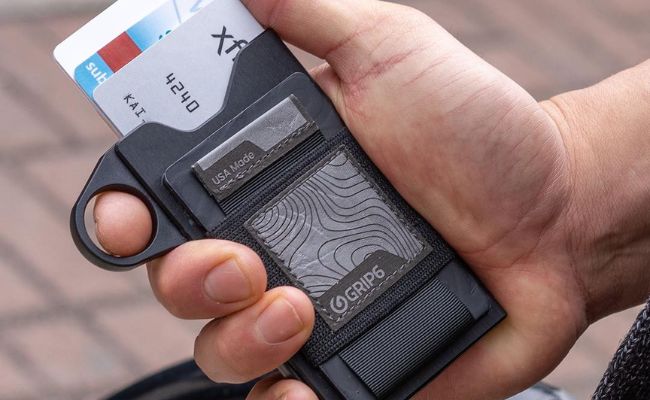
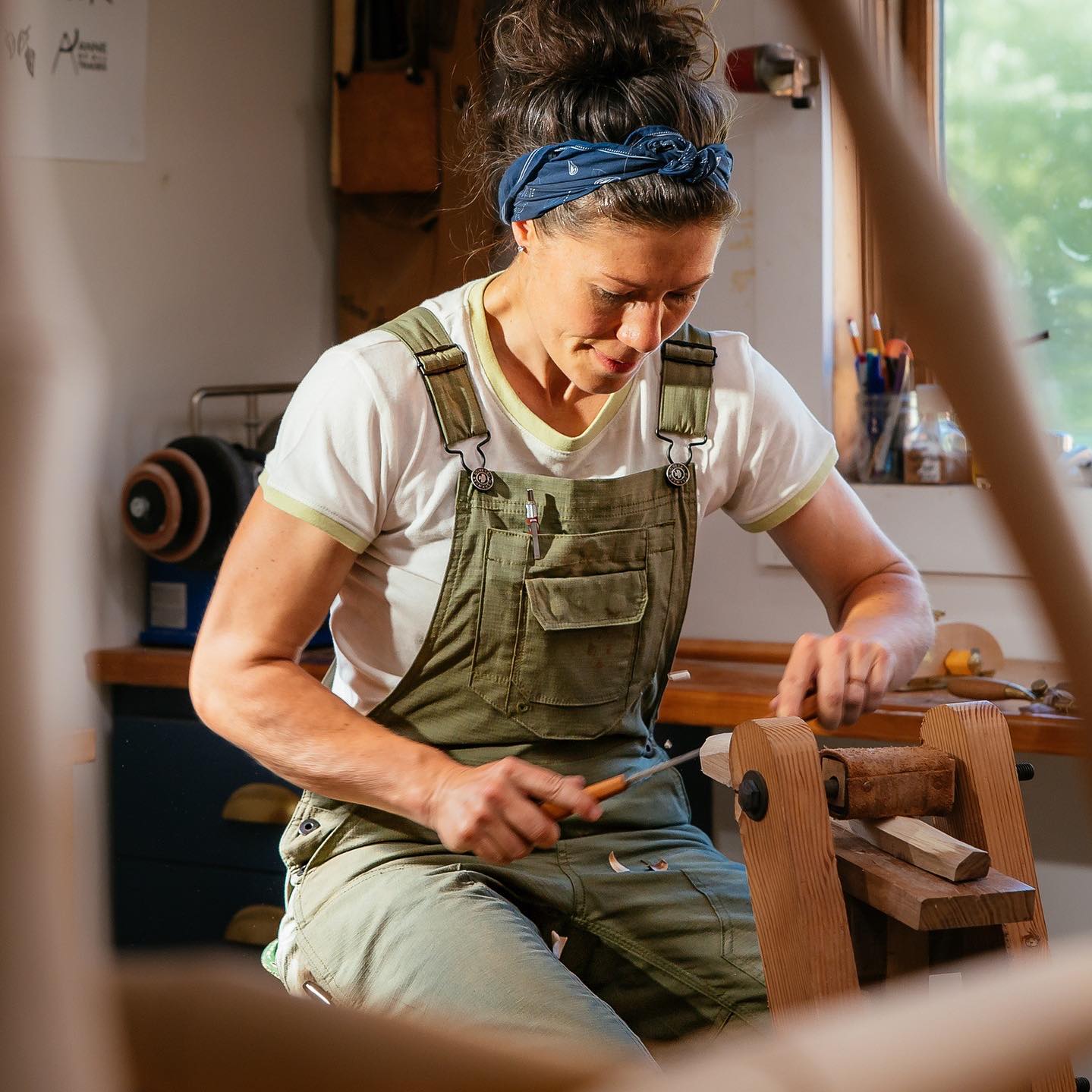
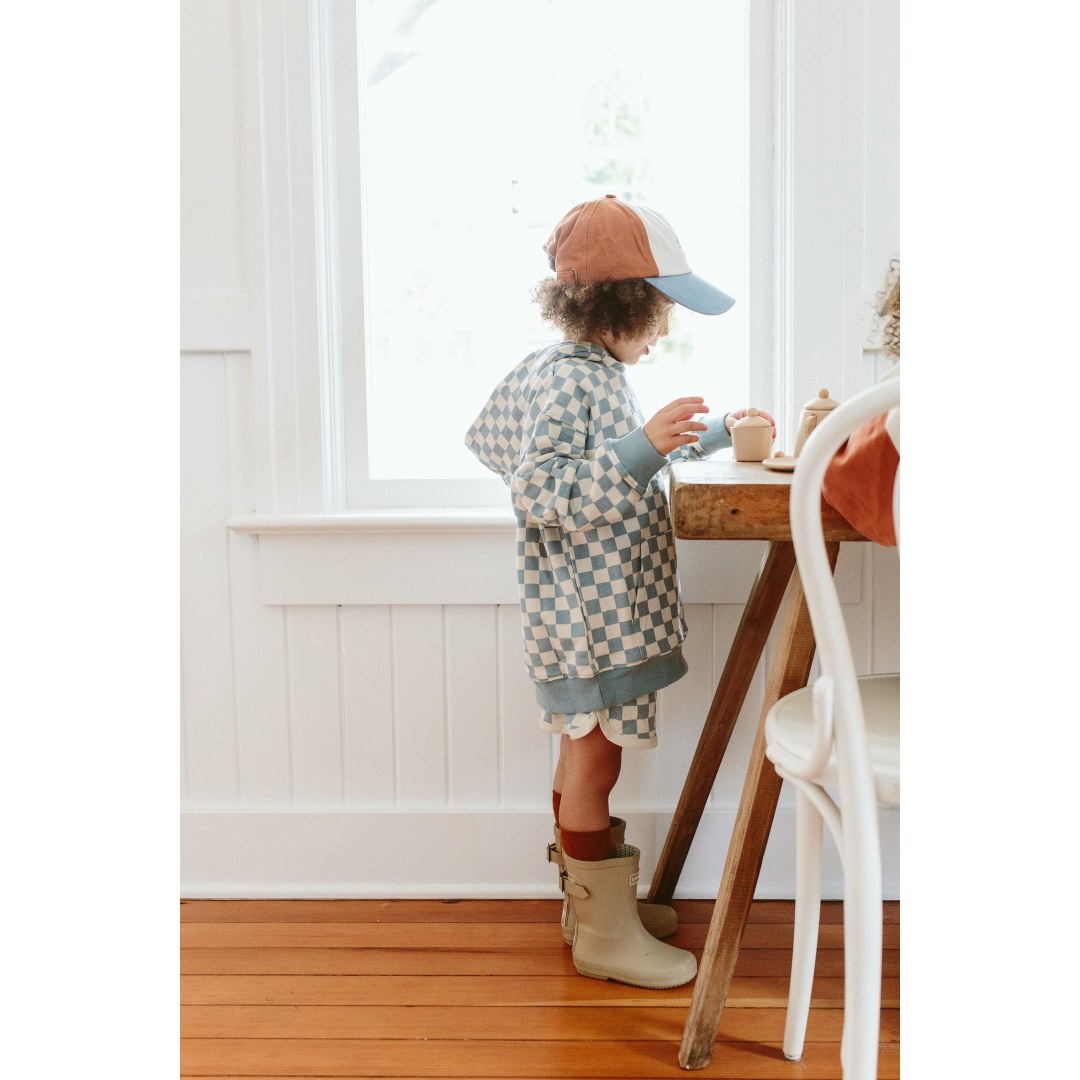
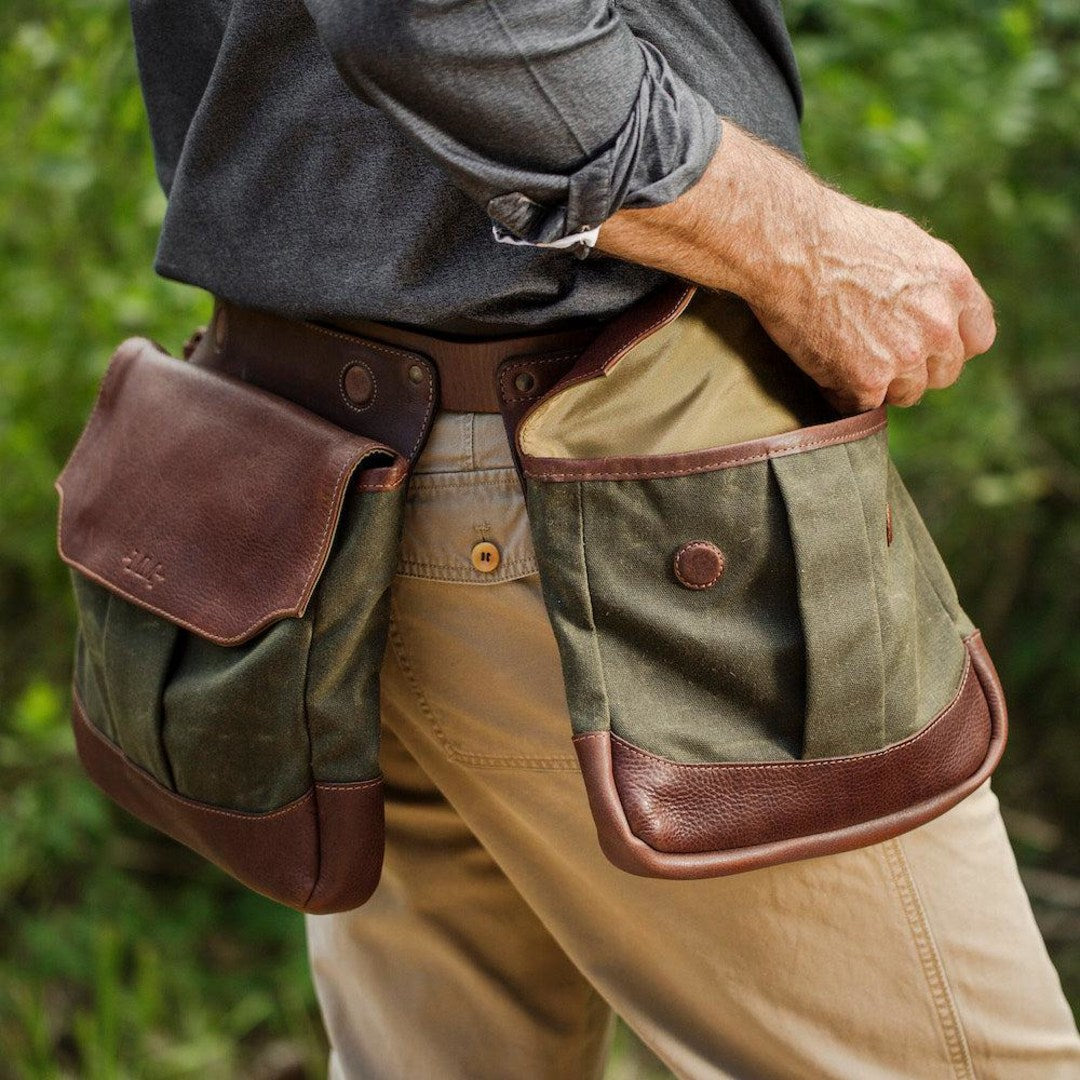
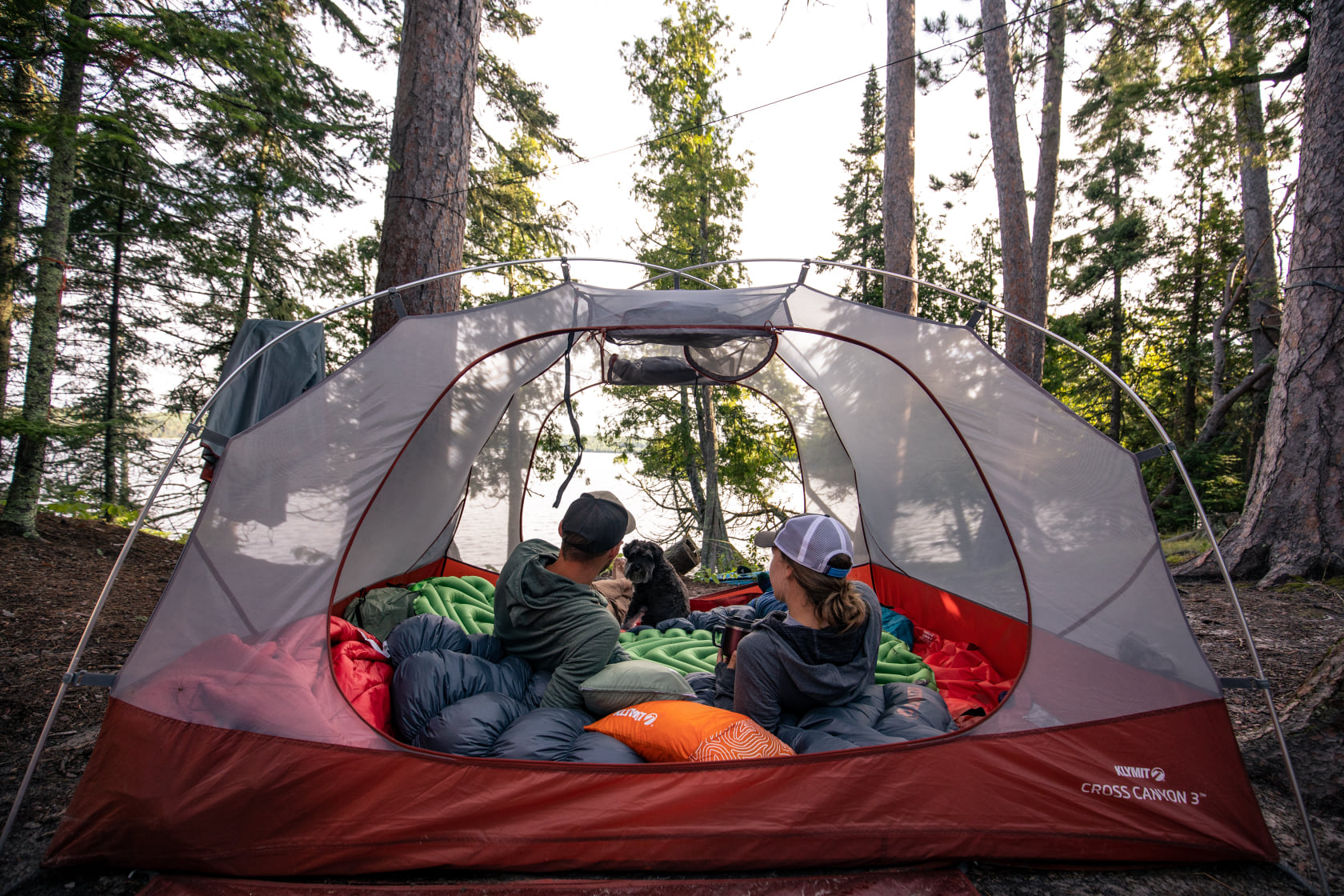

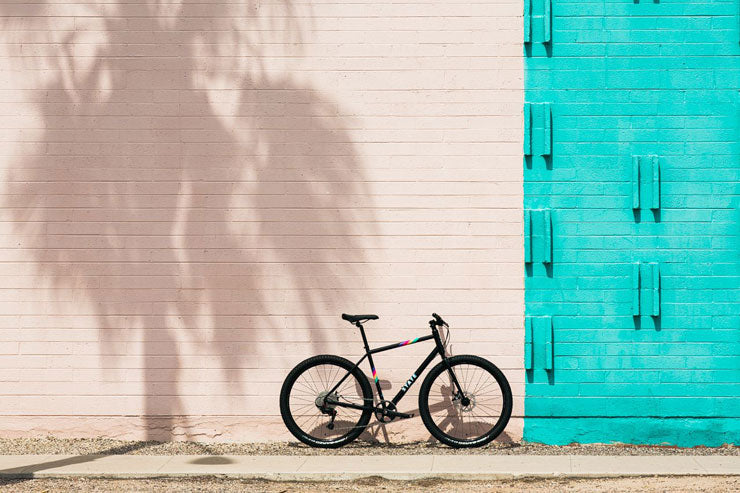


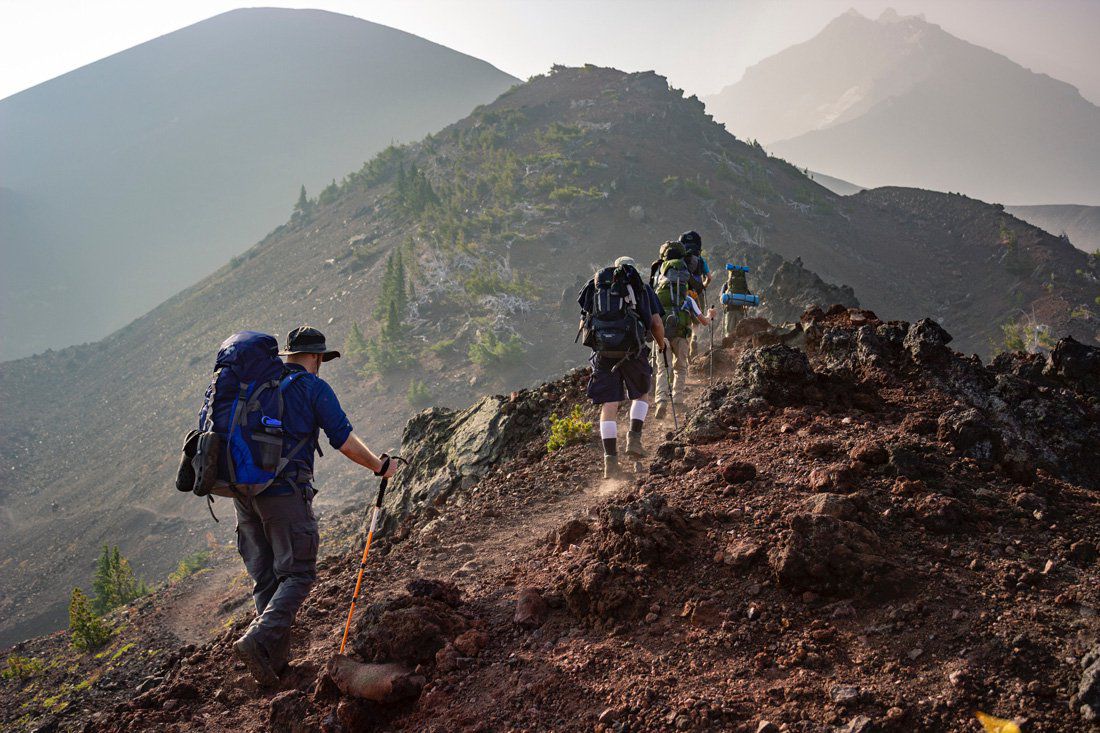
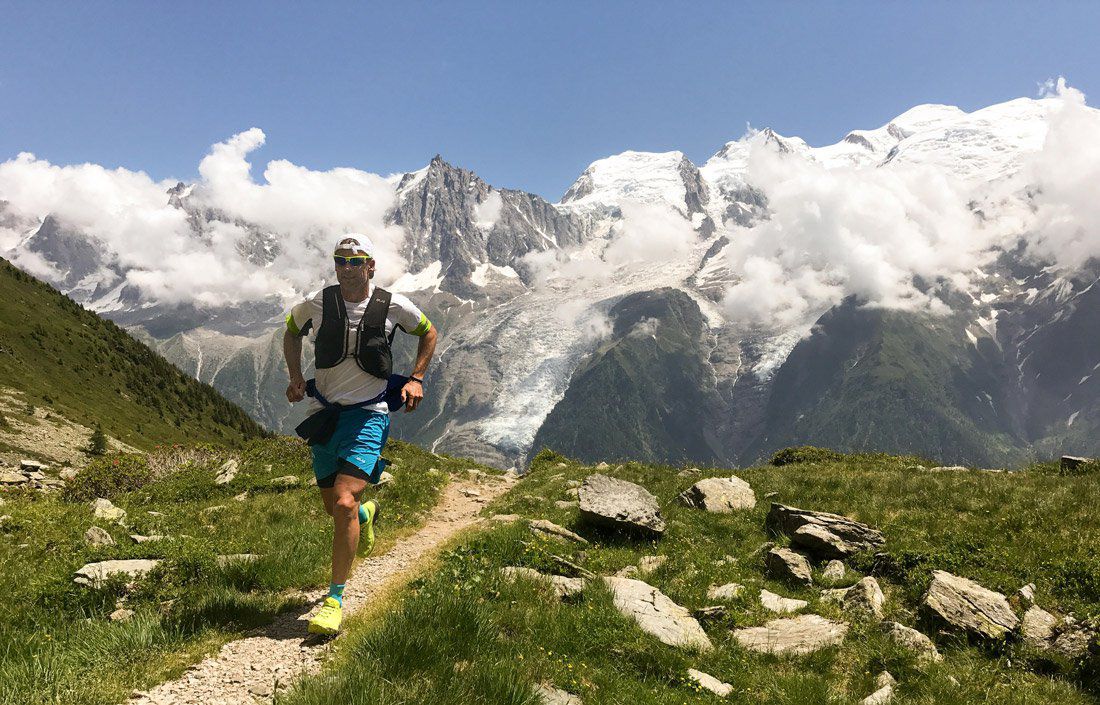
Leave a comment
This site is protected by hCaptcha and the hCaptcha Privacy Policy and Terms of Service apply.